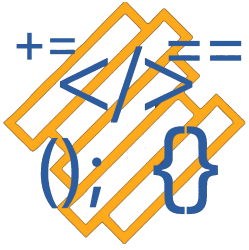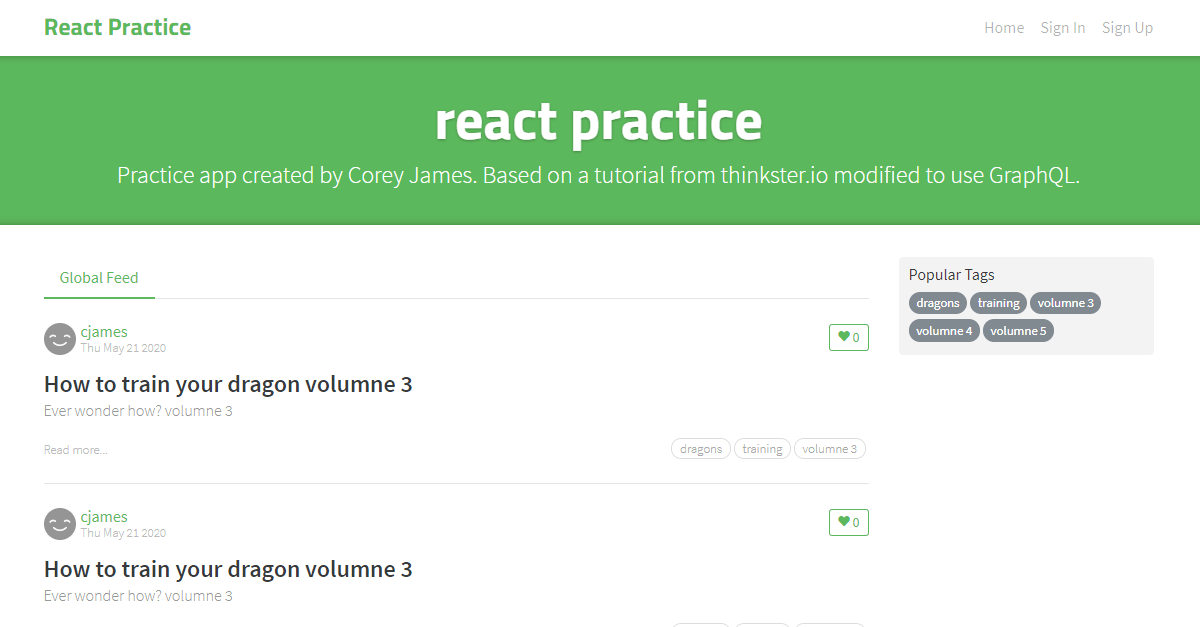Hello, and Welcome to my blog!
Recently I have been working through some tutorials from Thinkster.io. In this blog post, I will be reviewing my experience going through the React and Redux tutorial.
I completed the tutorial using the GraphQL API I made. The tutorial uses a REST API, so I had to make lots of changes. The changes made completing the tutorial more challenging, but it also made it more interesting. I am glad I did it.
I used Apollo React Client as the GraphQL client to connect to my API. Overall, I liked Apollo, but since I was also using Redux, it made it a bit difficult at times. Apollo and Redux both due state management, I think for future GraphQL applications, I would probably not use them both at the same time. But for the practice, I am glad I used redux again.
It was fun using React again. My last React project ended in December. Completing this practice project was a great learning experience for me. I became more comfortable with making functional components. I now know when to use functional components over the traditional class component. In my last React project, I didn’t re-use components much. In this project, I got practice re-using a bunch of components.
I also changed up the router, the tutorial used react-router. I changed to Reach-router. The main reason for switching was due to some incompatibility with Apollo if I remember correctly. Overall, I found it works better than the traditional React router. I liked it a lot.
Another cool thing I learned well completing this tutorial was how to make custom Redux middleware. I created a custom middleware to handle setting and clearing the JWT from the browser. It worked amazingly, and it was easy to do. I will link the Git-Hub below if your interested; the code is in the file src/middleware.js.
To finish the project, I deployed the GraphQL server on Heroku and used an Amazon S3 bucket to host the web app. Here is the link to the site: http://react.practice.site.s3-website.ca-central-1.amazonaws.com/
To conclude, I had a great time doing this project, and I learned a lot. To run the project, I am using a MongoDB server hosted on MongoDB Atlas, GraphQL server hosted on Heroku, and React application hosted on Amazon S3 bucket.
Here is the link to the two Git-Hub repositories for the project.
https://github.com/coreyjjames/REACT-PRACTICE-APP-GRAPHQL
https://github.com/coreyjjames/GRAPHQL-REALWORLD-API-TYPESCRIPT


